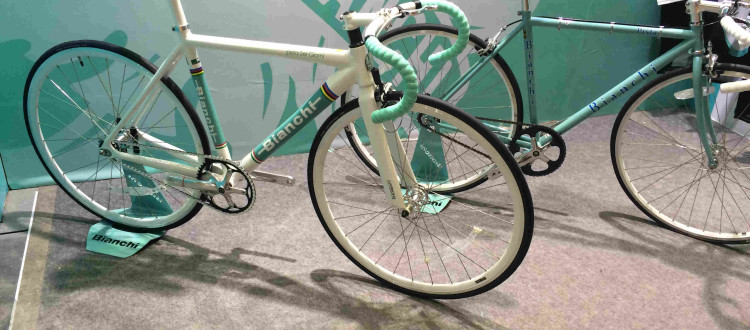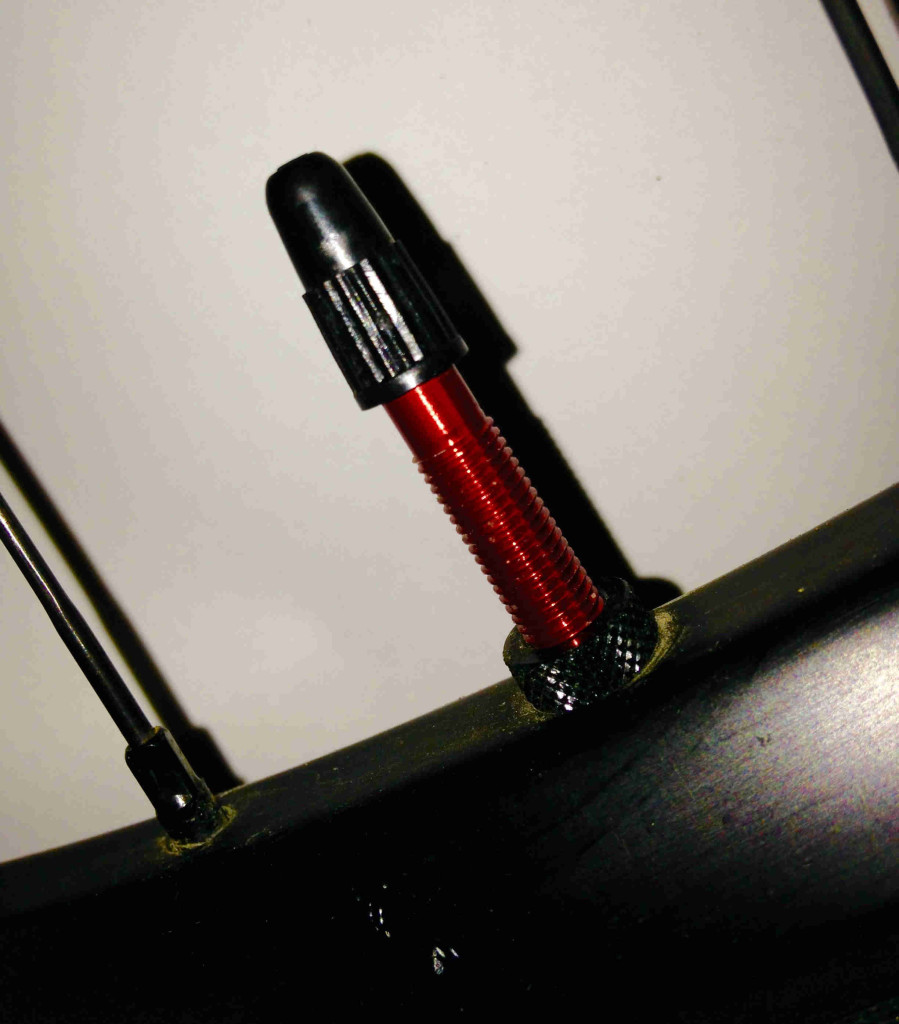Alloy tubeless valve
Whether you are new to mountain biking or have been a serious cyclist for years, everyone agrees that getting the right tires on your bike is incredibly important. But it isn’t just about getting the correct sizes and choosing tread. The issue goes even deeper. For many people involved in mountain biking, the question that always rears its head is, “Should I go tubeless?” If this is something you aren’t familiar with, tubeless tires are just what the name suggests: the tire sits in the bead of the rim with virtually nothing else inside. Typically, when the tire is mounted, a liquid sealant is added to slow the leak of air if the tire is punctured. But there is no inner tube holding air.
There are many advantages to this choice. The first advantage is air pressure. When you ride in rough terrain, you want less air pressure so you and your tires have better grip. You’ll also end up with a softer, smoother ride. But riding on tires and tubes with low pressure increases the risk of what is called a pinch flat. This occurs when the tire comes in contact with a solid object and compressed inward toward the rim, pinching the tube in the process. Often, the tube becomes punctured in this state and will obviously become flat. Therefore, the second advantage to running tubeless is no pinch flats, because there’s no tube inside to pinch. Thirdly, if you do run tubeless and use sealant, punctures are no longer a serious issue. Sure, you still have the possibility of losing air pressure, but the leak is slowed significantly with the sealant. Sometimes the sealant can stop the leak all together. No more tube changes in the field!
There are a few downsides to this set up, one of which is the set up for this system. Typically, when going tubeless with sealant, the tire is typically set into the rim with just a small area left outside the rim to add the sealant. Then the rest of the bead is shifted in and the tire is inflated. The unfortunate problem with this set up is that sealant will need to be replaced. What if the tires don’t need to be? Why be forced to take all the time and effort to pop the bead and remove the tire just to fill more sealant? There is a solution! A few keen companies have created tubeless Presta valves to make checking and adding sealant a breeze!
What Are They?
Basically, these Presta valves are valves with a rubber base that will end up inside the rim, with a collar and o-ring on the outside of the rim which tightens down forming an airtight seal. The core of these valves are then removable so that sealant can be added. Typically with a tubeless wheel, the inside of the rim is lined with rim tape that has a valve embedded to keep it from shifting, and to help form a seal to keep the wheel airtight. With these tubeless valves, the valve and the tape become separate entities, ensuring a better fit with the valve and a better airtight seal.
Features
Below are 4 examples of tubeless Presta valves with some key features:
Duke’s Ultralight Anodized Tubeless Valves
– In addition to the square rubber base and collar seal, these valves come in a variety of sizes and colors to match with almost any color scheme. Duke states that these valve stems are actually 36% lighter than other models. They also send along a tool to remove the core for adding sealant. For anyone riding with aero wheels, valve extenders are also available in a spectrum of sizes.
Milkit’s tubeless Presta Valve
– Not only do these valves come with the standard collar and a round rubber base, but the base has an added bonus of a rubber flap sealing system. This allows a straw to be inserted when checking or adding sealant but creates a seal against the straw to prevent any sealant from leaking by performing this check. This flap also creates a seal when the straw is not inserted and should prevent the valve from clogging. This particular model is still in the process of an IndieGogo campaign.
Speed Evolution Lightweight Alloy Tubeless Valves
– These valve stems are light and simple. They sport the round rubber base and the collar with o-ring for sealing. This variation also comes in a few different colors with more to come soon.
Wistio Aluminium Tubeless Valve Stem
– There are 3 standard sizes of this variation of tubeless valve, as well as a choice between a round or square rubber base. Three standard colors are also available but the company says they can make custom valves of any color or any size between 34mm and 80mm. Again, the core is removable for adding sealant.
Benefits
In case it’s unclear at this point, the obvious benefit to these valve stems greater ease in controlling sealant. Sealant is probably the biggest turn off about going tubeless simply because of the mess that ensues. If the mess is removed from the equation by using any of the valves mentioned above, the choice is a no brainer. Plus, with these types of valves, you have the added benefit of using different rim tape to suit your needs.
Mountain biking can be an extremely fun and rewarding sport, but making sure you have the proper equipment for your goal is important. So consider all the options when putting together a solid bike. Always talk to a bike mechanic if you ever question why something is the way it is with your riding style, especially if you’re new to the game. Lastly, keep in mind the tips and tricks you find along the way, such as going tubeless with tubeless valve stems. It may cost a little more in the beginning, but chances are the results you’ll experience during a ride will be well worth the money.


